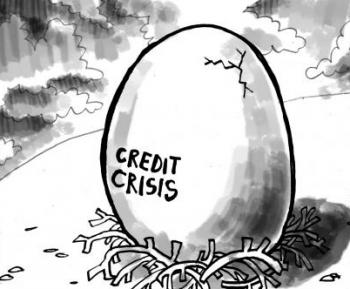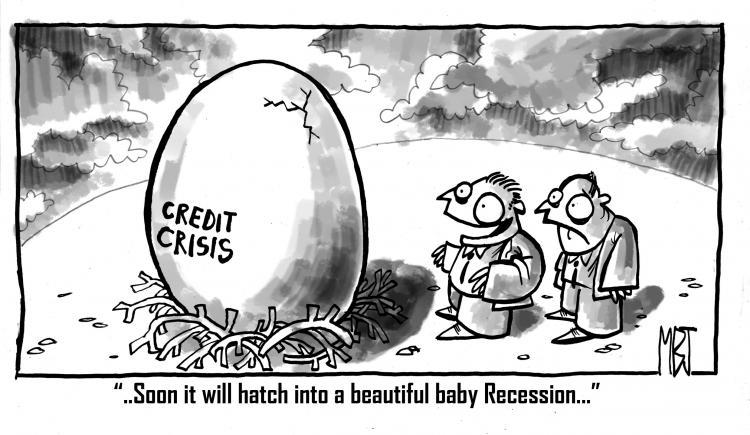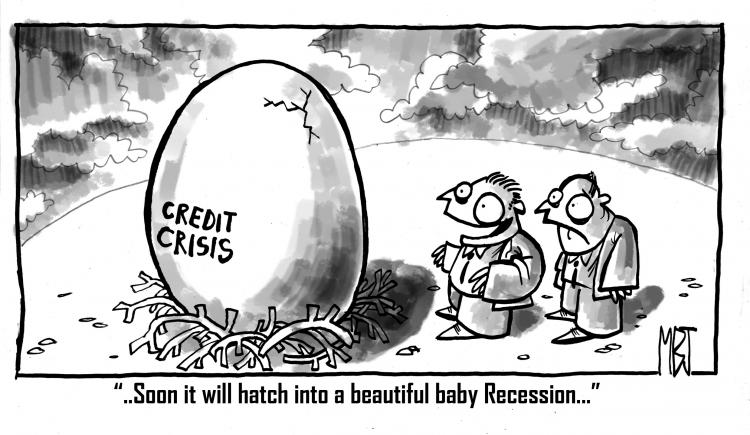During this decade, there has been an unprecedented divergence of housing prices among US metropolitan areas. Generally, the difference has been associated with strong land use regulations. Where restrictions were greater, house prices rose strongly relative to incomes. Where more traditional regulations remained, house prices also rose, but only modestly.
This is illustrated by the change in the Median Multiple (median house price divided by median household income). In the more regulated metropolitan markets, it rose from 3.5 to 6.0, a 70 per cent increase. In the more traditionally regulated markets, the Median Multiple rose from 2.7 to 3.0, remaining within historic norms.
Economics teaches that scarcity or rationing leads to higher prices. Smart growth policies ration land for development through the use of urban growth boundaries and prohibitions or restrictions on building on vacant land. In such an environment, higher house prices can be expected.
“The affordability of housing is overwhelmingly a function of just one thing, the extent to which governments place artificial restrictions on the supply of residential land,” said Donald Brash, governor of the Reserve Bank of New Zealand for nearly 15 years.
America has become two nations with respect to housing costs and housing cost increases. Princeton economist and New York Times columnist Paul Krugman put his finger on the cause of the difference more than three years ago. Others have made similar findings, such as Edward Glaeser at Harvard, Theo Eicher at the University of Washington and Kate Barker of the Bank of England. House prices have exploded in highly regulated markets, while they have changed little where traditional land use regulations still apply.
The predictable economic effects have occurred with a vengeance in more regulated (smart growth) metropolitan markets. From 2000 to 2007, the median house price rose an average of $US174,000 ($A252,000) in the more regulated metropolitan markets with more than a one million population. In the less regulated markets, the average increase was $US12,500 ($A18,100).
The easy money was available everywhere in the nation, increasing the demand for housing in most markets. But in most of the nation, housing price increases were modest, as planning systems allowed new housing to be provided at historically competitive prices. For example, in Atlanta, Dallas-Fort Worth and Houston, the three fastest growing metropolitan areas in the high-income world with more than a five million population, housing prices changed little in relation to household incomes. Furthermore, from 2000 to 2007, 2.5 million people (domestic migrants) left the more restrictive metropolitan markets for elsewhere in the country. That pretty well dismisses the idea that demand was the primary cause of the price escalation.
Demand, in and of itself, does not increase price. But when higher demand is experienced in an environment of limited supply, price increases occur. Where there were strong land use restrictions, there were strongly escalating house prices. The restrictions drove prices up because land regulations had reduced the supply of developable land, thereby raising the price. The planners may have succeeded in their objective – slowing suburbanisation (or if the pejorative term is preferred, “sprawl”) – but they also created a pricing bubble that made things much worse.
It is estimated that the overall housing stock owned in the third quarter of 2007 was slightly over $US20.1 trillion ($A29.1 trillion). If the Median Multiple of 2000 had been preserved, the aggregate value today would be approximately $US14.8 trillion ($A21.4 trillion). Of the $US5.3 trillion ($A7.7 trillion) increase in value, it is estimated that $US4.5 trillion ($A6.5 trillion) of this can be attributed to the 25 metropolitan areas with the most severe housing regulations.
This means that 86 per cent of the increase took place in areas accounting for only 30 per cent of the nation’s population. The other 70 per cent of the nation had an overall increase in value of less than $US800 billion ($A1.1 trillion), or 14 per cent of the total “bubble”.
More than 65 per cent of the higher value occurred in 10 metropolitan areas – Los Angeles, San Francisco, San Jose, San Diego, Riverside-San Bernardino, New York, Boston, Washington, Miami and Baltimore. These metropolitan areas account for little more than 20 per cent of the nation’s population.
And just as the highly regulated metropolitan areas led the way up, they now are leading the way down. It is estimated that the house value losses in the more regulated metropolitan markets is approaching $US1.5 trillion ($A2.2 trillion), while the losses in the more traditionally regulated metropolitan markets are estimated at less than $US150 billion ($A217 billion).
None of this is to suggest that smart growth has only negative ramifications.
To the extent that smart growth removes barriers to the development of higher density housing or less costly housing where it is in demand, this is a good thing. But the land rationing policies proposed under “smart growth” clearly have reaped a very bitter harvest.
Without smart growth’s land rationing policies, the severe escalation in home prices would never have reached such absurd levels. But the disaster in the highly regulated markets will be with us for years. The smart growth spike in housing prices turned what might have been a normal cyclical downturn into the most disastrous financial collapse since 1929.
Wendell Cox is a Visiting Professor, Conservatoire National des Arts et Metiers, Paris and the author of War on the Dream: How Anti-Sprawl Policy Threatens the Quality of Life.






